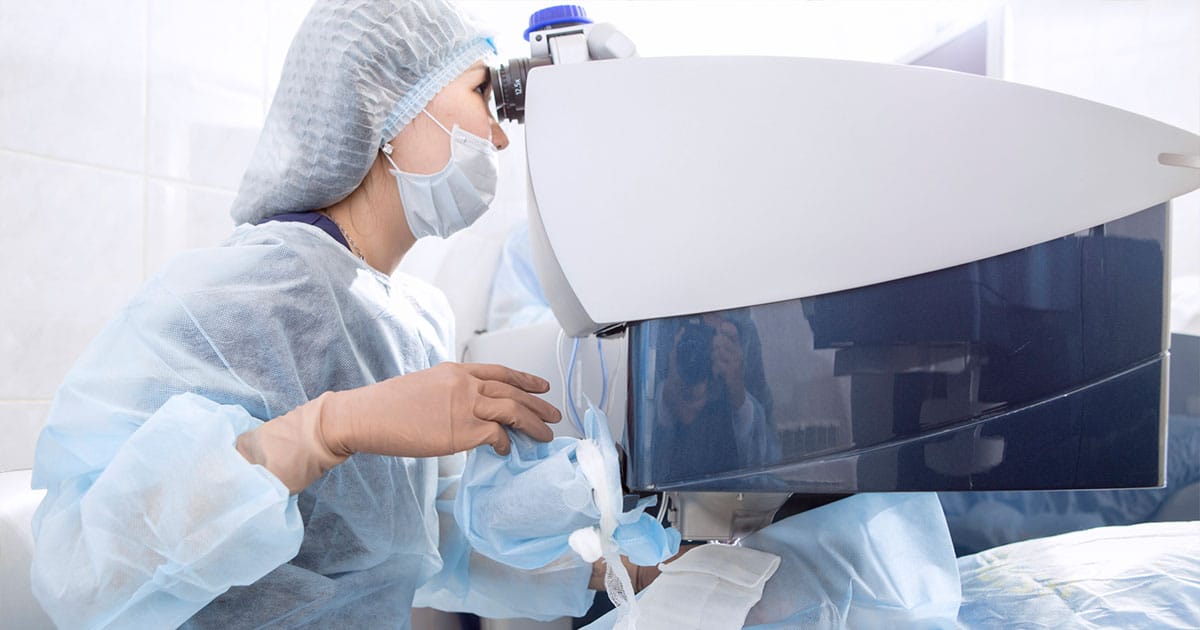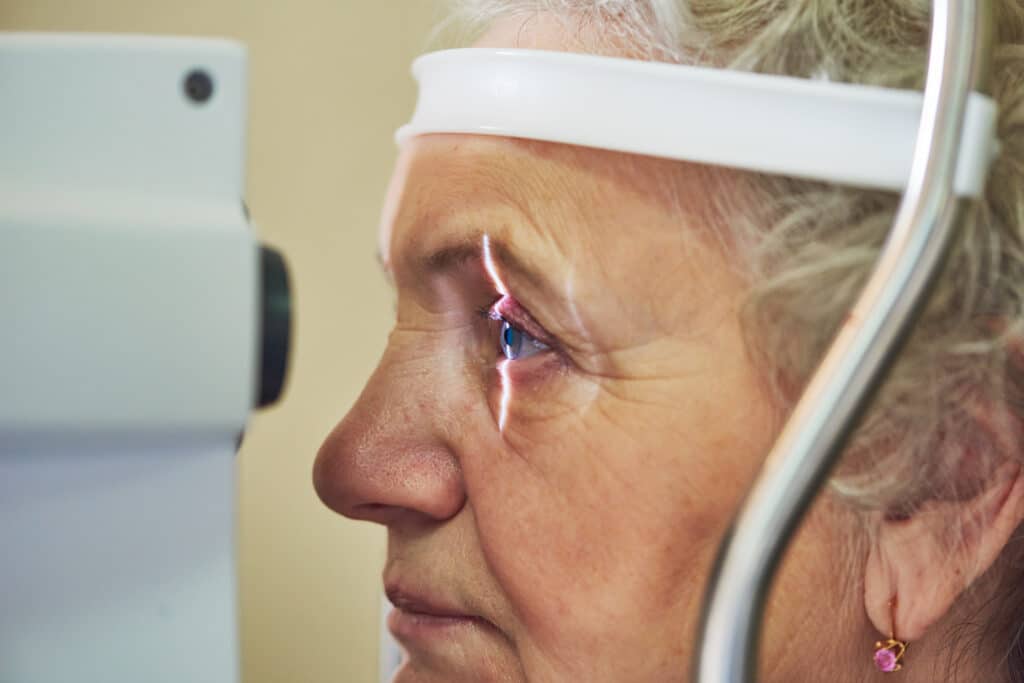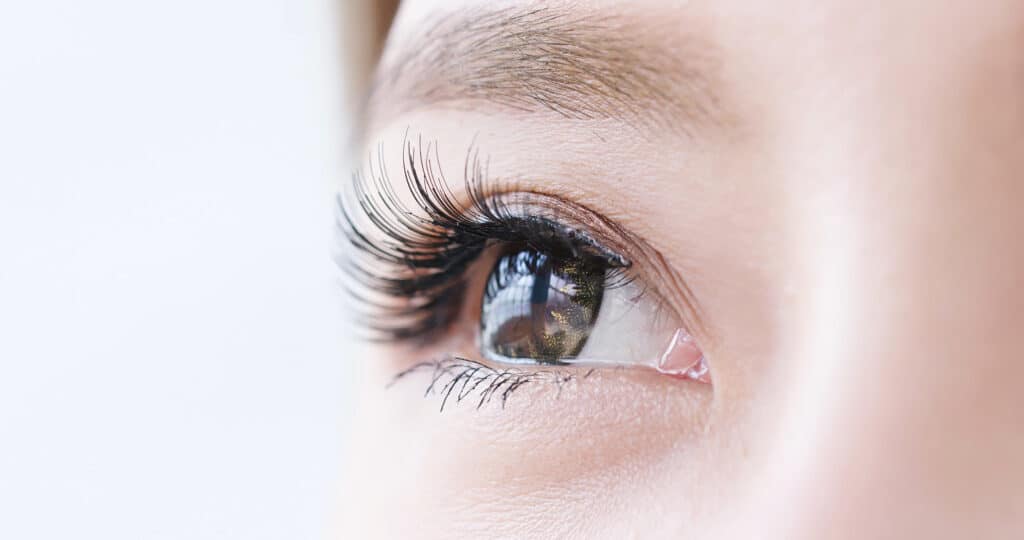LASIK vs. PRK: Differences, Costs, and Which Is Better
March 30, 2021
LASIK and Photorefractive Keratectomy (PRK) are vision correction procedures with similar goals in mind: to improve vision and reduce one’s reliance on glasses and contact lenses.
Before going into the differences between the two laser eye surgeries, it’s important to understand the similarities that PRK and LASIK share. Both procedures reshape the cornea to correct conditions such as myopia (nearsightedness), hyperopia (farsightedness), and astigmatism. Both use an excimer laser to reshape the cornea, which allows the eye to better focus light and results in improved vision.
Your cornea is protected by an outer layer of epithelial tissue called the corneal epithelium, and the key difference between LASIK and PRK is how the inner stromal layer of cornea underneath the epithelium is accessed.

Procedure Overview
During a LASIK procedure, the surgeon makes an incision in the cornea to create a corneal flap. This gives the surgeon access to the part of the cornea that must be reshaped to induce the changes in the way the eye focuses light. In LASIK, the flap is lifted to expose the inside layer of the cornea, the excimer laser reshapes the cornea and then the flap is returned to its original place at completion of the procedure.
For PRK, the surgeon does not create a flap. Instead, the outermost layer of the cornea, or the epithelial layer, is removed in order to provide access to the affected part of the cornea. The cornea is then reshaped by your surgeon with an excimer laser, and the epithelial layer will subsequently regenerate during the recovery process.
Recovery Time
Recovery following LASIK surgery is fairly short, and it is overall a relatively low-risk procedure. The corneal flap created by the surgeon is left in place, where it should remain unmoved and unnoticeable; occasionally, this is a potential post-procedural complication. LASIK patients are encouraged to exercise caution following surgery and avoid rubbing or getting anything in their eyes, to avoid exposure to dust and wind for two weeks, and wear UV-blocking sunglasses to minimize UV exposure when out in sunlight.
PRK recovery time is slightly longer than with LASIK due to the time needed for your epithelial cells to regenerate, and it can cause more discomfort than LASIK. It is also considered to be a relatively low-risk procedure. Vision should improve immediately after surgery, and continue to improve over the next few days as your cornea heals.
The Path to Clearer Vision Starts Here
While PRK may take longer to heal compared to LASIK, you should expect similar results over time from either procedure, both in terms of vision improvement as well as long-term recovery.
Medicated drops are often used for a week following both LASIK and PRK, and preservative-free artificial tears or lubricating drops are also frequently used for several weeks or months afterwards, with results varying based on individual needs. Patients will also schedule follow-up visits for the next day, the following week, one month, and then three months after surgery.
Whether you and your doctor decide to proceed with LASIK or PRK, you can expect lasting, long-term vision correction. That being said, the healing process for both procedures can naturally impact the shape of the cornea and can cause a need for subsequent re-treatment in the future.
PRK vs. LASIK – Costs
Costs for LASIK and PRK vary based on individual needs, including the type and degree of refractive error needing correction. Medical insurance considers both procedures to be elective, and therefore they may not be covered.
Some plans offer discounts or partial coverage, and our multiple financing options with low monthly plans and 0% financing will work with nearly any budget.
Which Is better, PRK or LASIK?

LASIK was first approved in 1998 by the FDA, and has since become the most widely used corrective laser eye surgery. PRK was approved by the FDA several years earlier in 1995, and provides similar results to LASIK.
LASIK and PRK are essentially identical procedures, with the main difference being how the surgeon accesses the stromal layer of the cornea. LASIK utilizes a flap which is returned to its original place, while PRK procedures remove the entire layer of epithelial cells. Both provide the refractive surgeon with access to the cornea, which is then reshaped using excimer lasers.
You can expect long-lasting results from both LASIK and PRK. Once you undergo either vision correction surgery, your cornea will become permanently reshaped, and you will enjoy 20/20 vision – or better! Vision following corrective surgery is often better than it was with glasses or contact lenses. That being said, your eyes will undergo natural changes as you age, and as they progress your doctor may determine that a subsequent procedure is necessary to maintain your superb vision.
Choosing between LASIK and PRK comes down to a matter of meeting certain medical criteria and often personal preference. With both procedures, the excimer laser allows your surgeon to access your cornea in a matter of seconds, and reshape it in the same amount of time, with the entire procedure taking about 5-10 minutes per eye. Some patients may opt for PRK surgery due to their having thin corneas, or because it doesn’t necessitate a corneal flap, which can lead to complications following LASIK surgery.
It may seem that PRK would be the preferred vision corrective surgery because it doesn’t necessitate a corneal flap like with LASIK surgery. Indeed, some patients prefer PRK for that very reason, but you should expect a longer, less comfortable recovery period following PRK due to the removal of the epithelial layer.
It takes about 4-5 days for the surface of the cornea to heal after PRK surgery, and side effects such as eye dryness, itching, blurry vision, dryness, and light sensitivity are to be expected during that period. Side effects will clear up and vision will improve several weeks or months following the procedure, depending on your individual eye conditions.
Ultimately, neither PRK nor LASIK is the “better” corrective laser eye surgery. Depending on your individual needs, you and your doctor may determine that one procedure is better for your specific needs.
You may be better suited for PRK, for example, because of thin corneas or corneas of inconsistent thickness. Both procedures are considered to be equally effective in treating myopia, hyperopia, and astigmatism.
Schedule a laser vision correction consultation today to determine which procedure is right for you!


